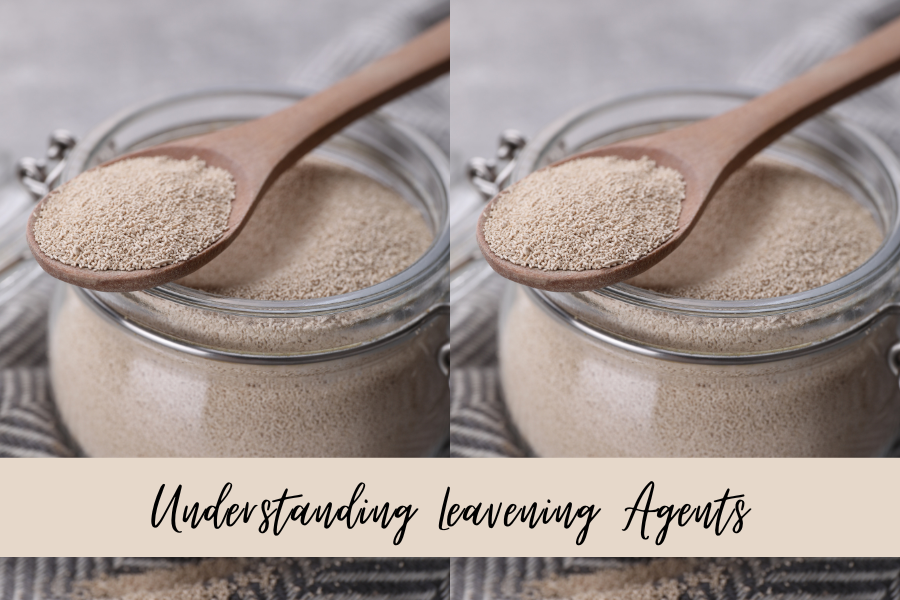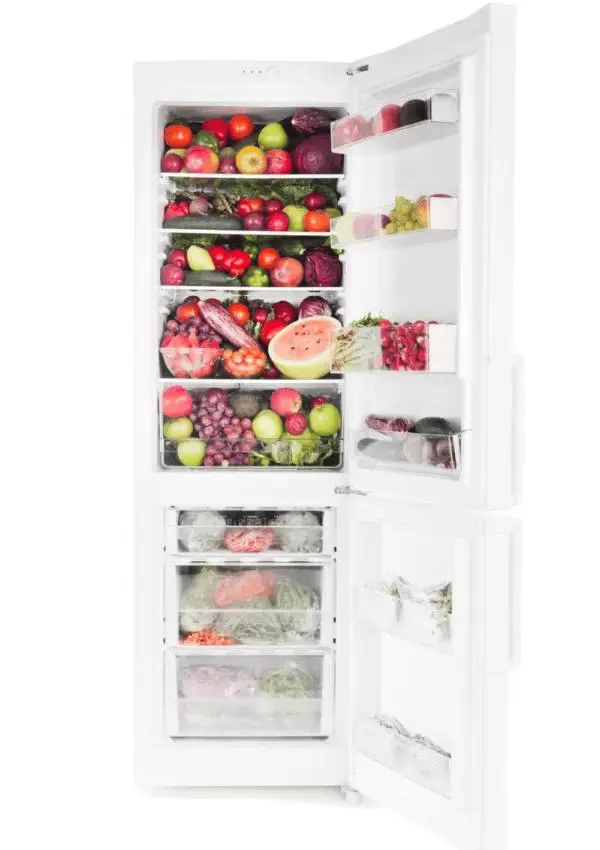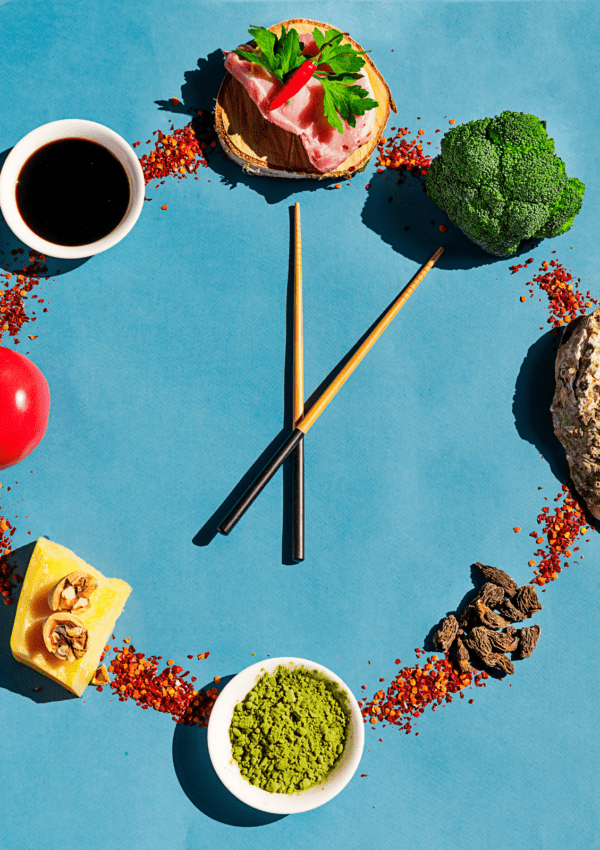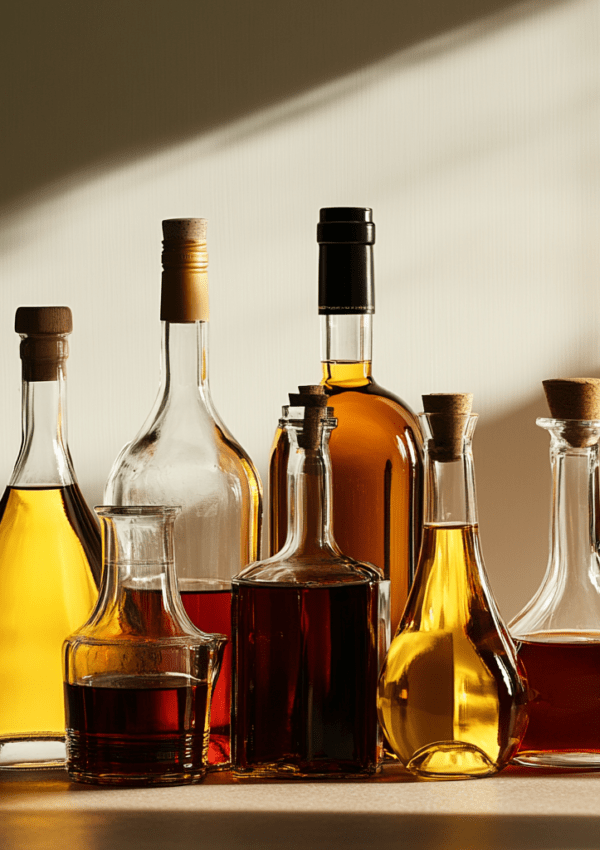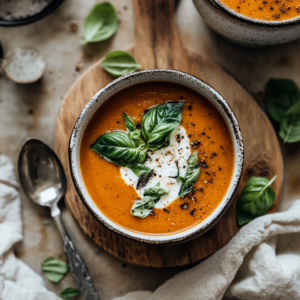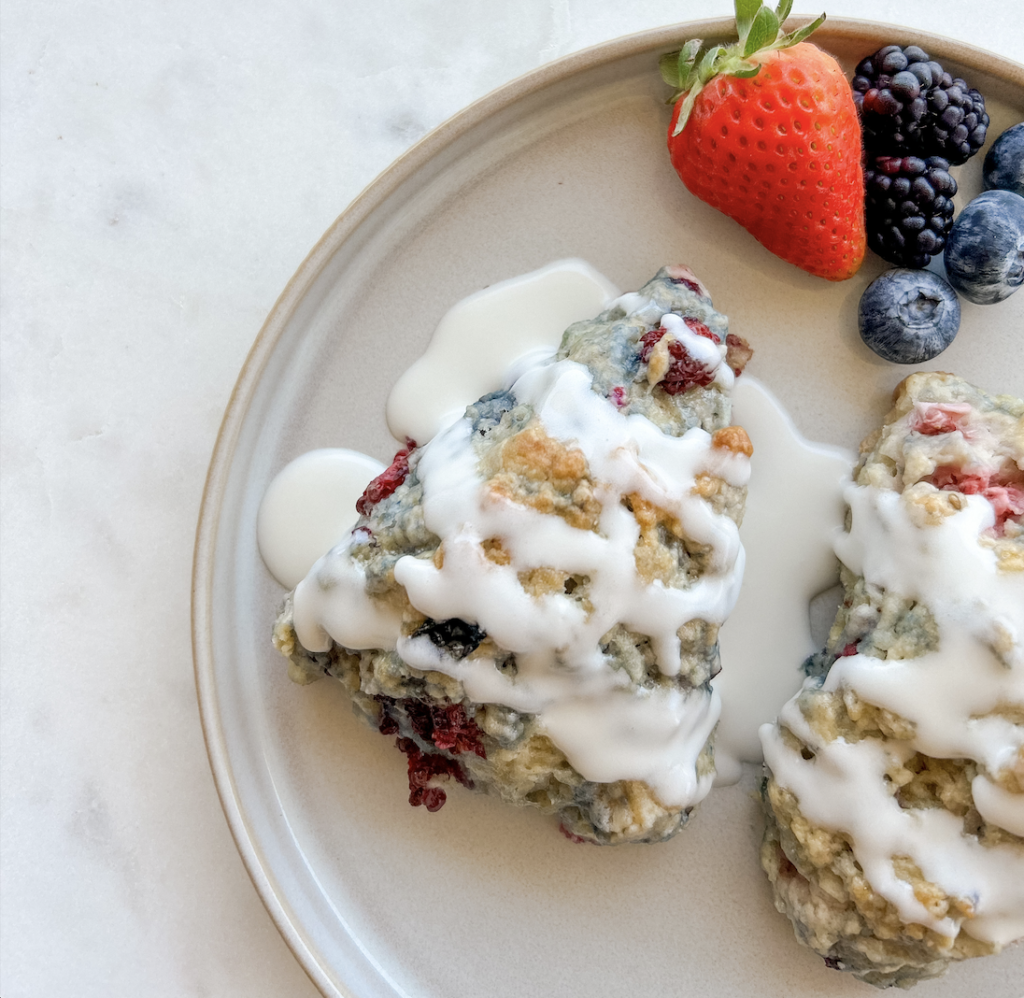Welcome to the world of baking magic, where a little powder or a packet of yeast can turn a simple batter into a fluffy cake or chewy bread! The trick? Leavening agents—the silent heroes working behind the scenes to give your baked goods their texture, volume, and fluff factor.
This deep dive will show you exactly what’s happening in your batter or dough, from why baking soda makes your cookies puff up to how yeast makes bread rise. Ready to level up your baking? Let’s make some science fun!
What are Leavening Agents?
Leavening agents are any ingredients that create bubbles, making your batter or dough expand and rise when they bake. Think of it as blowing up a balloon—except here, you’re working with dough or batter, and those “balloons” of air make everything soft and airy instead of dense and chewy.
[the_ad id=”3378″]
Three Main Types of Leavening Agents
- Chemical: Baking soda and baking powder
- Biological: Yeast and sourdough starter
- Physical: Incorporating air by whipping or using steam (hello, cream puffs!)
Chemical Leavening Agents: Baking Soda & Baking Powder
Baking Soda (Sodium Bicarbonate)
Baking soda is a classic kitchen superhero, but it doesn’t work alone! It needs an acid partner, like lemon juice or buttermilk, to create the chemical reaction that produces carbon dioxide bubbles. Those bubbles get trapped, creating air pockets that make cookies, muffins, and cakes beautifully puffy.
- Why It Matters: Baking soda adds more than just volume; it also speeds up browning, which gives cookies that irresistible golden hue.
- Pro Tip: Measure carefully! Too much baking soda can make your baked goods taste a little “soapy.”
Baking Powder
Think of baking powder as a self-starter: it has its own built-in acid (usually cream of tartar). Unlike baking soda, it doesn’t need extra help to activate, so it’s perfect for recipes without acidic ingredients. Baking powder typically acts twice: once when it’s mixed with wet ingredients and again when it hits the heat in the oven.
- Single vs. Double-acting: Most store-bought baking powders are double-acting, giving you an extra boost in the oven.
- Pro Tip: Baking powder is usually a little weaker than baking soda, so recipes might call for more of it to get the same lift.
[the_ad id=”3378″]
Biological Leavening Agents: Yeast & Sourdough Starter
Yeast
Yeast is alive and loves to snack on sugars, breaking them down into carbon dioxide and alcohol. Those gas bubbles make dough rise, while the alcohol evaporates, leaving a delicious flavor behind. It’s the magic behind airy bread loaves, pizza crusts, and doughnuts.
- Types of Yeast: There’s active dry, instant, and fresh yeast, each a little different in rising times and how you activate them.
- Pro Tip: For best results, keep your water temperature around 100–110°F. Too hot, and you’ll kill the yeast; too cold, and it might fall asleep.
Sourdough Starter
Sourdough is a powerhouse of wild yeast and lactic acid bacteria that naturally ferment over time. That tangy flavor and airy texture in sourdough bread? Thank this bubbly mixture of flour and water!
- Why It’s Special: Sourdough fermentation not only leavens bread but also adds unique, complex flavors.
- Pro Tip: Keep your sourdough starter alive by “feeding” it with fresh flour and water. It’s like a baking pet!
[the_ad id=”3378″]
Physical Leavening: Air and Steam
Whipping in Air
In recipes like soufflés, meringues, and sponge cakes, you can whip air directly into ingredients (like eggs) to get a light, airy texture. Beating egg whites traps air bubbles in the protein structure, which then hold their shape and create lift in the oven.
- Why It Matters: Delicate mixing techniques keep air in the batter, helping your treats rise without any added leavening.
- Pro Tip: Whisk gently when folding whipped ingredients to keep those precious bubbles intact!
Steam Leavening
Steam might sound simple, but it’s a powerful leavener, especially in pastries like puff pastry and choux dough. When water in the dough heats up, it turns to steam, expanding rapidly and giving a beautiful rise.
- Why It Matters: Steam is key in creating those fluffy layers in pastries and crusty exteriors in bread.
- Pro Tip: Start with a high oven temperature to create steam quickly, then lower the heat for even cooking.
All leavening agents create gas—usually carbon dioxide. As dough or batter heats, those gas bubbles expand, pushing up the dough. Gluten proteins act as stretchy balloons, capturing the gas and helping baked goods keep their shape. Temperature also plays a role, as heat speeds up reactions and helps solidify structures.
[the_ad id=”3378″]
Common Leavening Issues & How to Fix Them
- Dense Bakes: Often a sign of old or expired leavening agents. Test baking powder by mixing a small amount with hot water; if it fizzes, it’s good to go!
- Flat Cookies: Could be due to overmixing, which pops your bubbles before they have a chance to bake in.
- Flat Breads: Yeast didn’t get enough time to rise, or your water was too hot or too cold.
Leavening Agent Alternatives for Dietary Needs
- Egg Substitutes: If you’re baking without eggs, try a mix of water, oil, and baking powder, or give aquafaba a go (the liquid from canned chickpeas)—great for whipping!
- Gluten-Free Bakes: Gluten helps trap gas, so gluten-free flours may need extra help from ingredients like xanthan gum or extra leavening.
Understanding leavening is a game-changer in baking. You can play around with your recipes, swapping agents, adjusting amounts, or changing mixing techniques to see how they affect the final product. It’s all about experimenting, learning, and finding the perfect rise for your unique creations. Now go and bake something amazing!
[the_ad id=”3378″]
This post was all about Understanding Leavening Agents!
Ready to level up your cooking game? Try out these tips and let us know how it goes! Make sure to tag me @thespicegirlkitchen_ on Instagram or @thespicegirlkitchen on TikTok!

